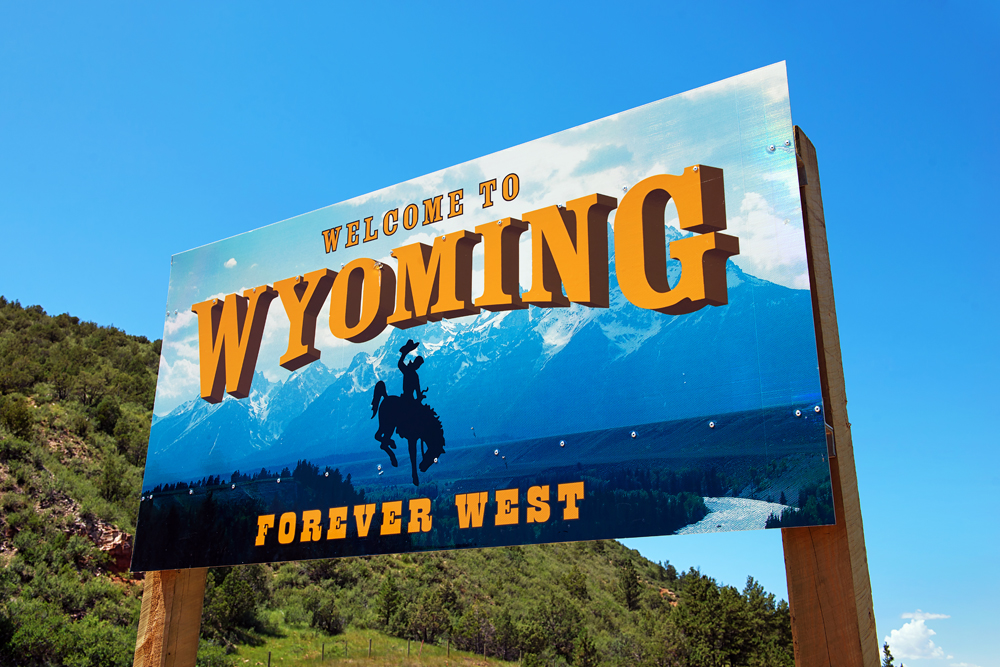Most people don’t associate a high-altitude backcountry adventure with the operation of a Veterinary hospital. One is rooted in solitude, grit, and navigating unpredictable terrain—both literally and figuratively. The other involves clinical precision, fast-paced teamwork, and the weight of life-or-death decisions in a more controlled (albeit emotionally charged) environment.
But after years spent guiding guests through Wyoming’s Gros Ventre Wilderness while simultaneously working with Veterinary hospitals across the country, I’ve realized the two have more in common than most might think.
Whether I’m leading a string of horses into the backcountry or helping a practice owner build a cohesive leadership team, I’ve found the same foundational elements to be critical: preparation, communication, adaptability, trust, and leadership. Here are a few of the biggest lessons the backcountry has taught me about running a successful Veterinary hospital.
Preparation Makes the Unpredictable Feel Predictable
In outfitting, the stakes are high. One forgotten piece of gear, one overlooked safety protocol, or one misjudged weather forecast can lead to a miserable, or even dangerous, experience. As outfitters, we live by checklists, contingency plans, and redundancy. We don’t just plan for things to go right; we prepare for when they don’t.
The same mindset applies in the hospital. Great hospitals have systems in place for everything from client communication to anesthetic emergencies. And like the backcountry, Veterinary medicine is inherently unpredictable – patients crash, team members call in sick, clients arrive late or distraught. But when we’ve prepared our teams with training, protocols, and clearly defined roles, we create the stability needed to respond effectively. Preparation isn’t about eliminating stress; it’s about giving your team the tools to meet it head-on.
A Cohesive Team is the Difference Between Chaos and Calm
There’s a moment on every wilderness trip when something goes sideways: a horse spooks, a storm rolls in early, or we take longer to get into camp than expected. In those moments, success doesn’t come from individual heroics, it comes from a team that knows how to work together without losing their cool.
Veterinary hospitals are no different. When an emergency case rolls through the door or two surgeries run long, it’s the teams that function like well-oiled machines, anticipating each other’s needs, supporting one another, and keeping communication flowing, that shine. Cohesion doesn’t happen by accident; it takes time, trust, and intentional leadership. In both worlds, I’ve learned that technical skill gets you in the door, but teamwork keeps you from falling apart when it matters most.
Leadership Sets the Tone: Even (Especially) When the Trail Gets Rough
When you’re guiding guests into remote terrain, there’s no faking it. If the guide panics, the guests panic. If the guide is steady, calm, and decisive, it sets the tone for the entire experience. Even when you don’t have all the answers, how you show up as a leader shapes how your team responds.
The same is true for Veterinary hospital leaders. When the day gets hard, and it will, your tone, body language, and response to pressure either create calm or compound chaos. I’ve found that the best leaders aren’t necessarily the ones who know the most, but the ones who are willing to be vulnerable, decisive, and clear in moments of uncertainty.
Clear Communication Builds Trust
In the backcountry, vague communication leads to confusion or worse, danger. Every team member, from the wrangler to the cook, has a role to play, and everyone needs to be on the same page. The stakes are too high for assumptions.
In a hospital, clarity in communication isn’t just a nicety, it’s a necessity. Clear expectations, consistent feedback, and closed-loop communication prevent misunderstandings, improve patient care, and reduce team burnout. I’ve seen firsthand how a lack of clarity can erode trust and cause friction. Whether you’re leading a hunt or a hospital, communication is the thread that holds the experience together.
The Experience is the Product
As outfitters, our goal isn’t just to help someone accomplish a set goal, it’s to give them a positive, unforgettable experience. From the first phone call to the last campfire, we obsess over the little moments: the quality of the meals, the cleanliness of the tents, the friendliness of the staff. The experience is what people remember, and what they pay for.
Veterinary hospitals sometimes forget this. Yes, we’re delivering medical care. But what keeps clients coming back (and referring others) is how they feel during their visit. Were they greeted warmly? Were their questions answered? Did they feel heard and supported, even if the outcome wasn’t perfect? The medical care is expected. The experience is what sets us apart.
Closing Thoughts
Wilderness guiding and Veterinary medicine may seem like distant worlds, but they share a core truth: when you lead with intention, prepare your team, and obsess over the experience, you create something meaningful. Whether you’re helping a client through the loss of a pet or guiding someone up a windswept trail, the same leadership principles apply.
The terrain may be different, but the path to success is surprisingly similar.

